This post contains affiliate links.
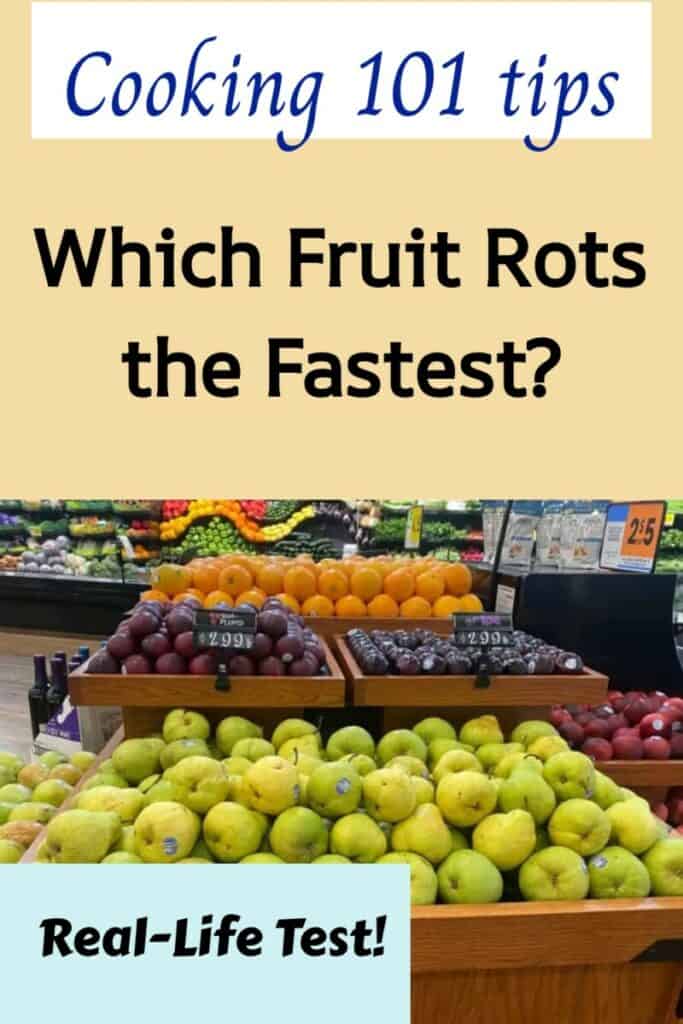
If you regularly buy fresh fruit, you know that it doesn’t take long for some types to go bad quickly. In fact, it seems like some fruit can go from perfectly ripe to inedible in just a matter of a day or two. This got me wondering which fruit rots the fastest so I decided to find out.
As a general rule, blackberries rot the fastest with mold appearing within 3 days of purchasing berries at their peak ripeness from the grocery store. Strawberries begin to develop dark red or brown spots within 2 days of purchasing fully ripened berries from the store. Bananas begin to develop brown spots just 2 after two days of purchasing at their peak ripeness.
I decided to go purchase every kind of fruit I could at my local grocery store. I let it sit out at my office and then I took it home and let it sit on my kitchen table. Continue reading and check out the chart below to find out which fruit rots the slowest and how long each fruit took to rot!
Which Fruit Rots the Fastest

Berries rot the fastest.
Blackberries can start to develop mold within 3 days. Blueberries begin to shrivel within 2 days, and strawberries can start to develop dark red spots within 2 days.
To find the answer to this question, I purchased every kind of fruit I could get my hands on at a local grocery store which included red and green grapes, banana, kiwi, peach, apricot, nectarine, pineapple, honeydew, cantaloupe, watermelon, orange, lemon, lime, Bartlett pear, apple, avocado, tomato, blueberry, strawberry, raspberry, blackberry, red plum, and black plum.
All of the fruit sat out at room temperature and I did not put them in the fridge. The fruit did set next to each other during the experiment which could cause them to ripen faster.
Which fruit lasts the longest?
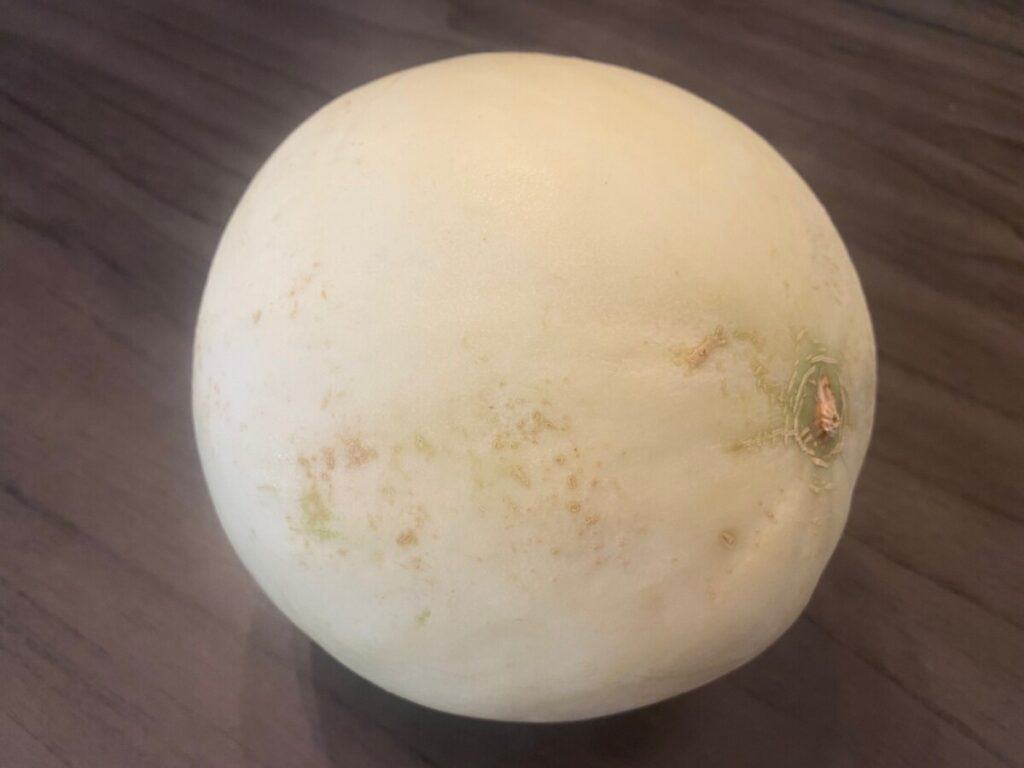
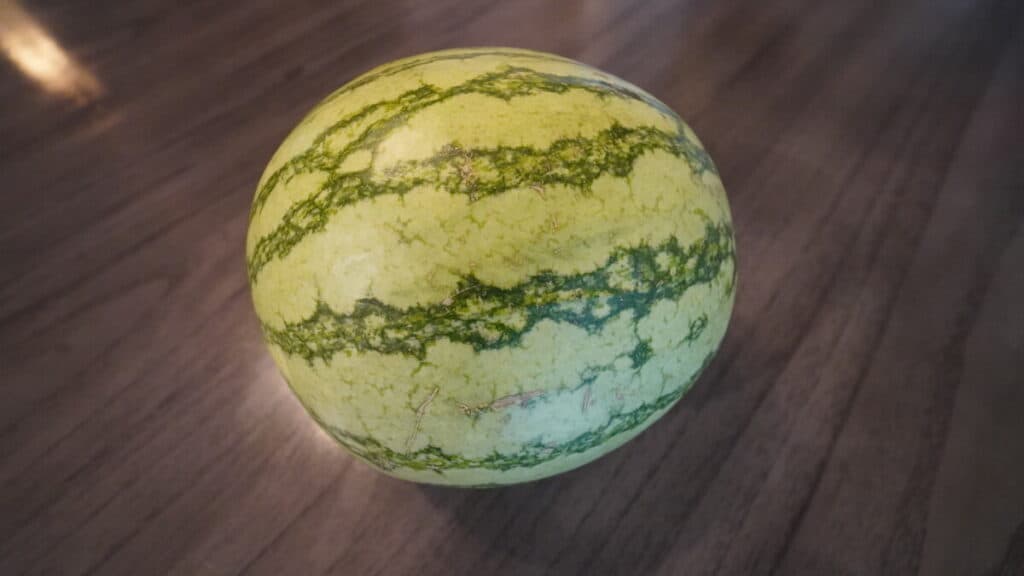
Watermelon lasts the longest out of the most commonly purchased fruits at grocery stores.
After I purchased a fully ripened watermelon, the uncut watermelon was still mostly intact 35 days later with just a few blemishes on the outside. I cut the watermelon open on day 35 and the inside was still intact. Although there weren’t any signs of mold anywhere on the watermelon, the fruit inside was slightly dry and wasn’t ideal for eating. At that point, I determined the watermelon was starting to go bad.
The honeydew also lasts several weeks with the outside having some minor bruising after 28 days.
Pineapple lasted about 27 days when I noticed the leaves and pineapple itself started to wilt.
How Long Each Fruit Lasts at Room Temperature
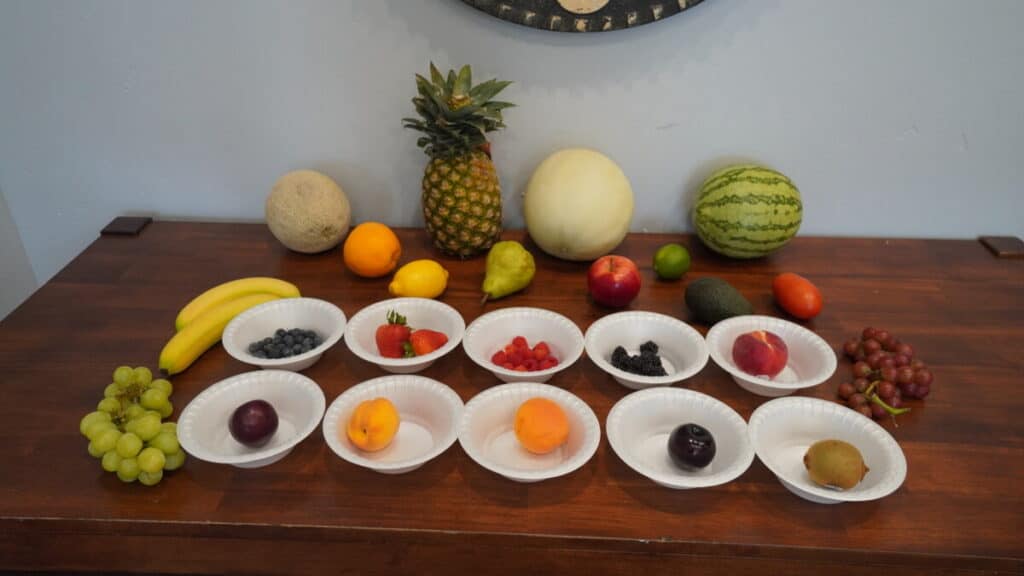
In general, berries last the shortest amount of time. After buying 24 kinds of fruit at the grocery store, all the types of berries started to rot within six days.
Blackberries lasted two days until I could see white mold appear.
Blueberries starting shriveling and developing mold just three days after I purchased them at their peak quality.
Raspberries developed white mold four days after I bought them.
Strawberries were shriveled and had dark red and brown spots within two days, but they were very spoiled just six days after I brought them home from the grocery store.
Honeydew and watermelon last the longest with only minor marks on the skin of the fruit 28 days after I bought them.
| Type of Fruit | Days Until Rotting Starts | Signs of Spoilage |
|---|---|---|
| Blackberries | 2 Days | White fuzzy mold |
| Banana | 2 Days | Brown spots, bruises |
| Blueberries | 3 Days | White mold, shriveled |
| Orange | 3 Days | Black mold specs on the peel |
| Raspberries | 4 Days | White mold |
| Peach | 4 Days | White mold, shriveled |
| Bartlett Pear | 4 Days | Large bruise exposing inside of the fruit, oozing fruit |
| Red Grapes | 4 Days | Shriveled, white specs |
| Apricot | 5 Days | Green and brown discoloration, shriveled |
| Strawberries | 6 Days | Dark red and brown discoloration, shriveled |
| Grapes | 6 Days | Shriveled, dry |
| Black Plum | 6 Days | Shriveled, dry |
| Peach | 7 Days | Shriveled, dry |
| Avocado | 7 Days | White mold patches on the skin |
| Green grapes | 10 Days | Shriveled |
| Red Plum | 11 Days | Shriveled |
| Cantelope | 11 Days | White mold, dark bruises |
| Lemon | 13 Days | White mold |
| Tomato | 15 Days | Shriveled |
| Lime | 16 Days | Shriveled, dry |
| Kiwi | 16 Days | Shriveled, Dry |
| Pineapple | 27 Days | Shriveled, attracting bugs |
| Honeydew | 28 Days | Bruises on skin |
| Watermelon | 35 Days | Cuts on the skin, fruit inside was slightly dry |
How to Tell When Fruit Has Gone Bad
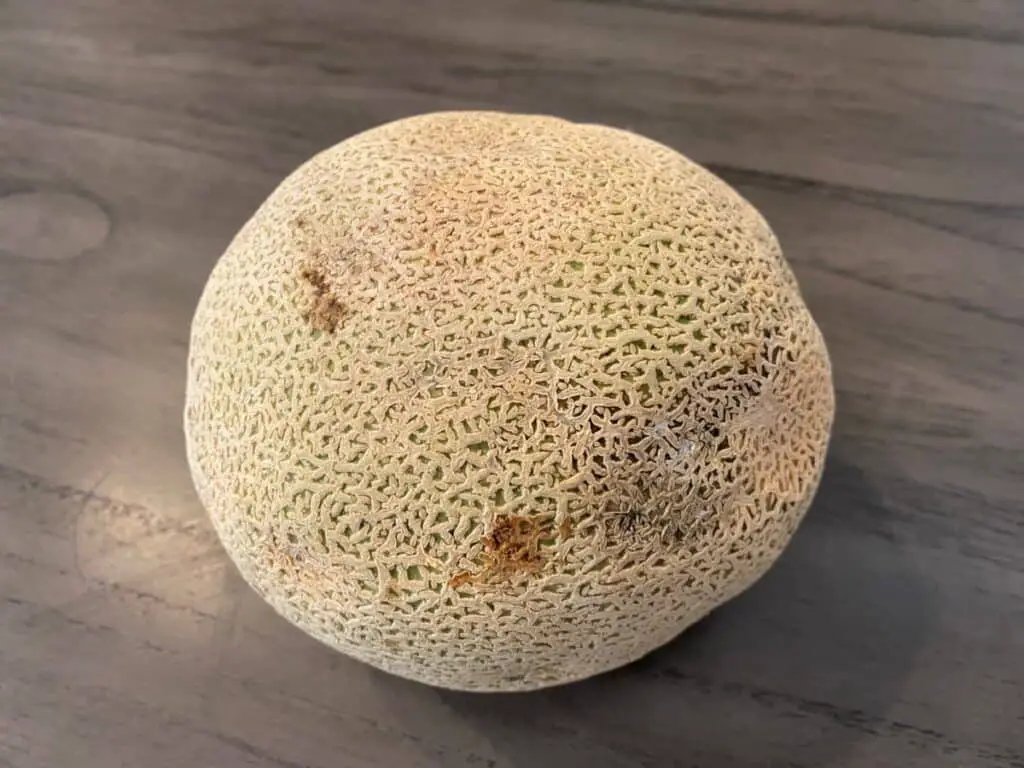
As a general rule, the fruit has gone bad if there is white, green, brown, or black mold.
As a general rule, the fruit has gone bad if there is white, green, brown, or black mold. If there are bruises, discoloration, blemishes, cuts, or marks on the outside, it’s best to throw it away especially if the inside of the fruit is exposed. Fruit is no longer good to eat if it has a mushy or grainy texture on the inside.
Fruit that is dry, shriveled, or peeling away also indicates that it is going bad. If the fruit is attracting bugs or has an unpleasant or foul odor, then it’s time to throw it out.
Which fruit grows mold the fastest?
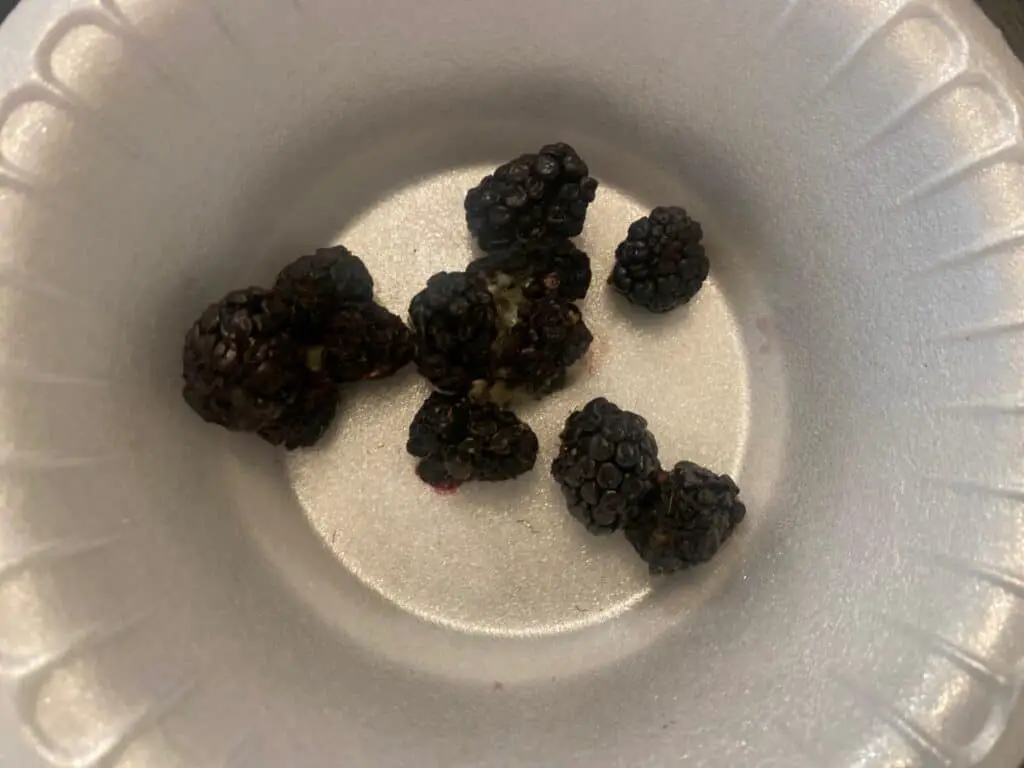
Blackberries grow mold the fastest out of the most commonly purchased fruits at grocery stores.
After buying some perfectly ripened blackberries at my local grocery store, I was surprised to see specs of white fuzzy mold starting to appear within 3 days which made them inedible.
The blackberries sat on the counter at room temperature the entire time and I did not put them in the fridge.
How do you keep berries from rotting?
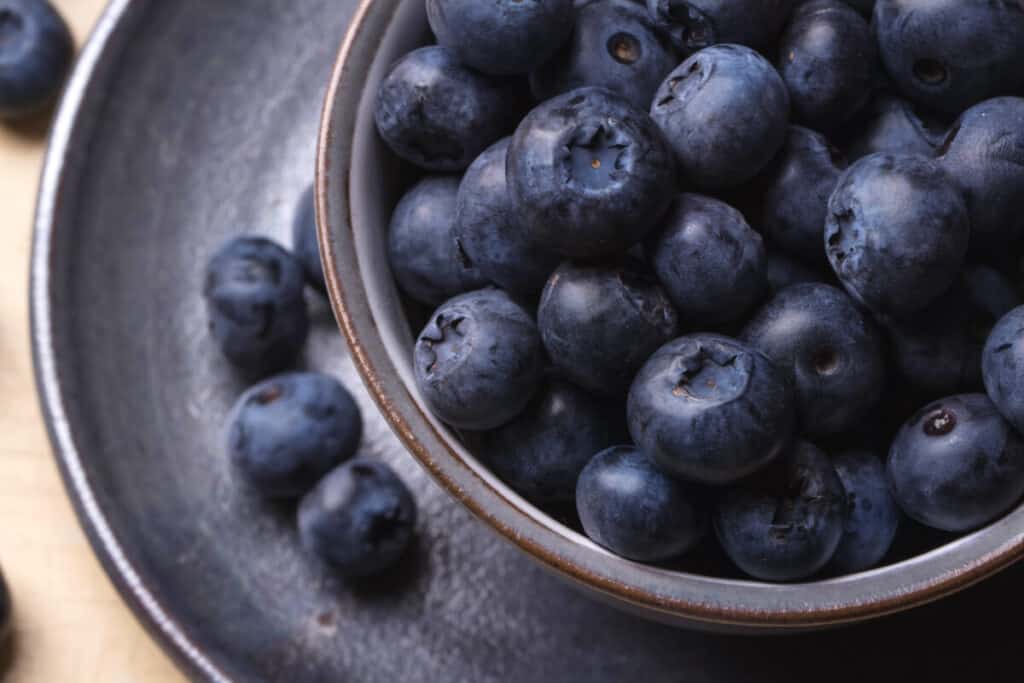
To keep berries from rotting, wash them with a water and vinegar solution as soon as you get home from the grocery store.
Dilute a tablespoon of white vinegar or apple cider vinegar into four cups of water. Let the berries soak in the mixture for at least 5 minutes. Rinse the berries to remove all the vinegar and let them dry on a clean kitchen towel on the counter. Line a glass container that has a lid or the original containers with paper towels and place the berries inside.
Pick out any spoiled berries and throw them away. They will cause the other berries to spoil faster.
Keep each kind of berry in separate containers.
How to Keep Citrus From Molding
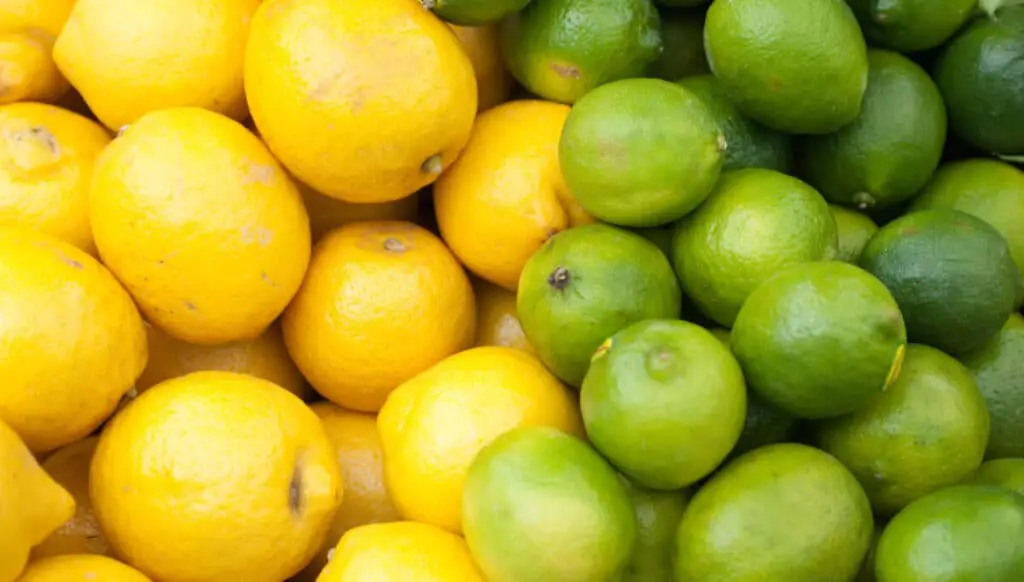
To keep citrus fruits such as lemons, limes, and oranges from molding as fast, soak them in a solution made from one tablespoon white vinegar and three cups of water. Dry them completely with a clean towel, place them in a plastic bag such as a Ziploc, squeeze out the air, and store them in the bottom drawer in the refrigerator.
To store them for longer, place them in a vacuum-sealed bag and remove all the air before placing them in the bottom drawer of the refrigerator.
Do bananas rot faster than apples?



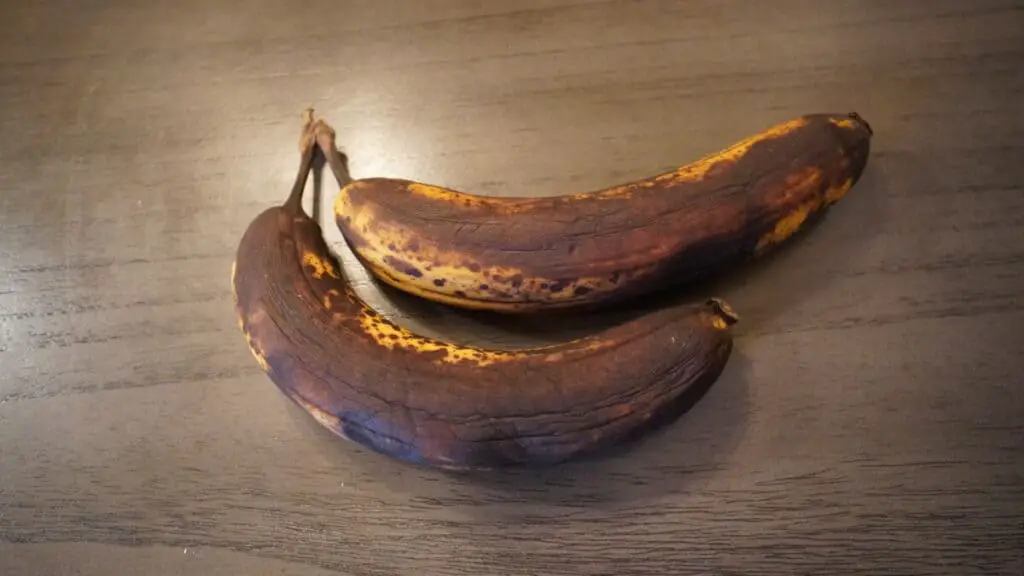
Bananas rot faster than apples.
Ripe bananas can develop brown spots as soon as two days after purchasing at their peak ripeness. I purchased a perfectly ripened banana and apple from the grocery store on the same day. Within two days, I noticed the peel of the banana developing small brown specs, but the apple had no noticeable changes.
Seven days after purchasing the banana, it had prominent brown spots on the peel which was still fine to use for smoothies and baking. Meanwhile, small shrivel marks started to appear on the apple, but it was completely fine to eat.
The banana peel was almost completely black by day 16. Meanwhile, the apple looks almost completely unchanged.
Why do peeled bananas turn brown?
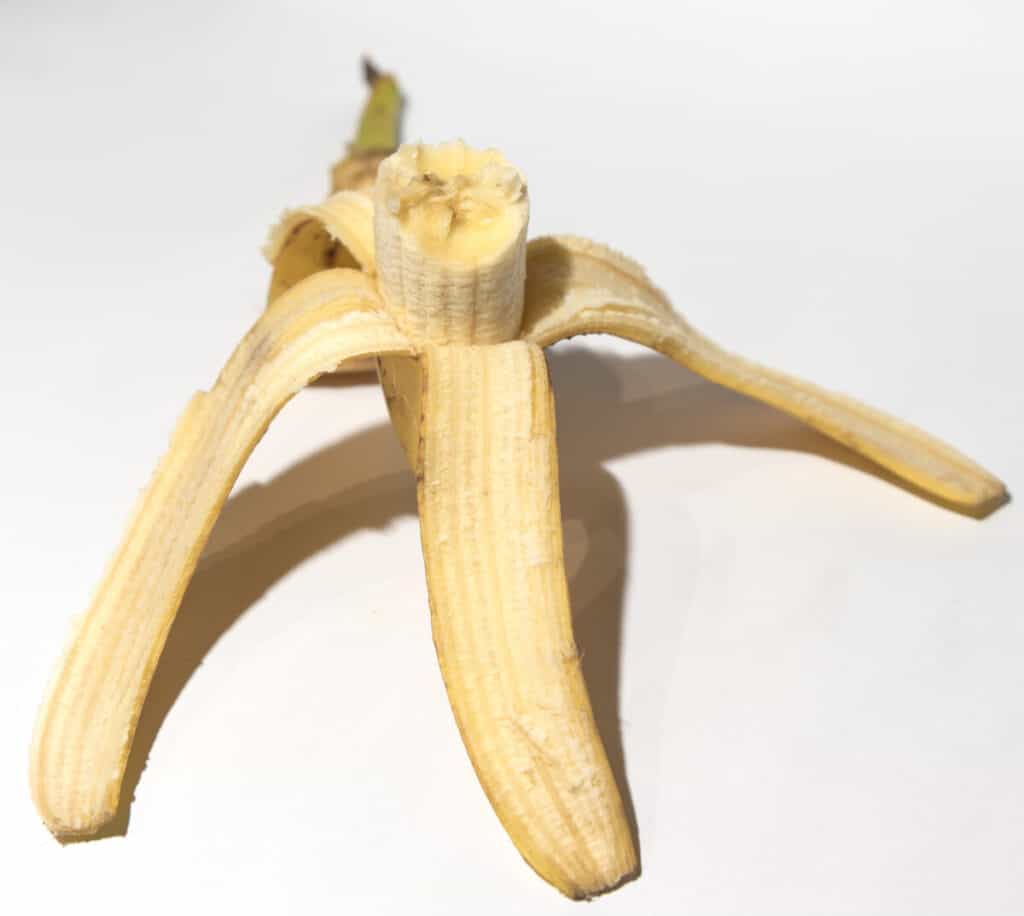
A chemical process called oxidation causes peeled bananas to turn brown.
The fruit has an enzyme called polyphenol oxidase which oxidizes chemical compounds called phenols when the fruit is exposed to oxygen.
This process produces melanin which causes the fruit to turn brown. Melanin is produced to surround and protect the fruit from infection.
Coating peeled bananas with an acid such as lemon juice will protect the fruit and slow down the oxidation and browning process for several days. Keep reading the article to learn how.
How to Keep Bananas From Ripening as Fast
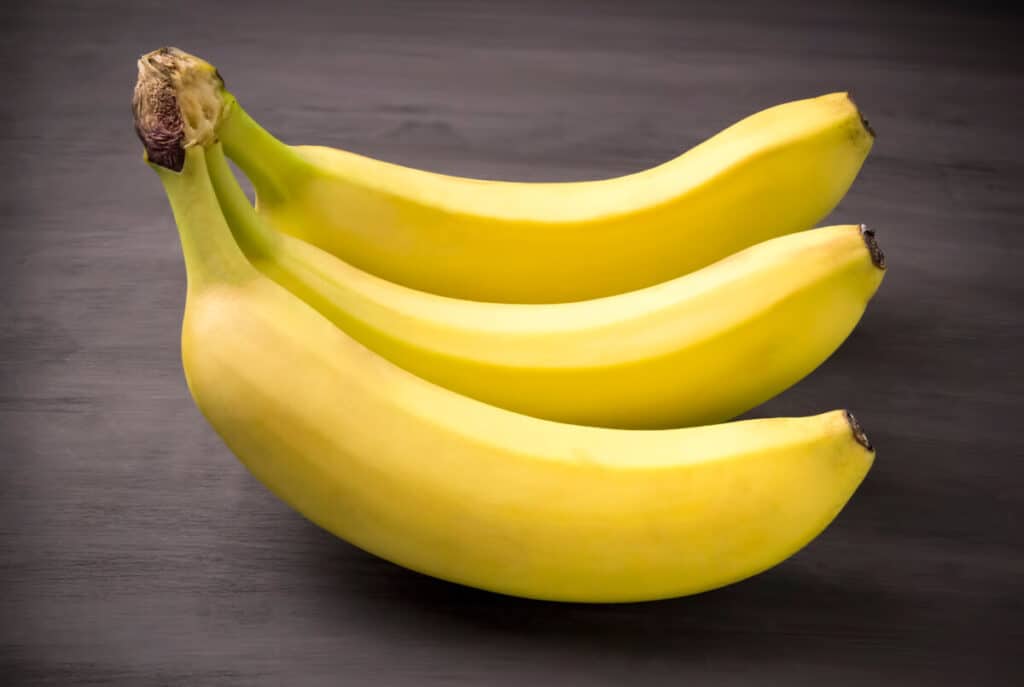
To slow the ripening process of unpeeled bananas, detach the bananas from each other and wrap each steam with plastic wrap or a plastic grocery bag. Buy green bananas at the grocery store and allow only a few to ripen on the counter at a time. Place bananas in the fridge to slow the ripening process. The banana peel will turn darker, but the fruit inside will be perfectly fine to eat. Keep bananas away from other ripe fruits which will slow ripening. To make bananas ripen faster, you can place bananas next to unripe fruit such as an avocado. The avocado will absorb the Ethylene gas which will slow the ripening process of the banana. Keep bananas away from direct sunlight and heat such as your oven or toaster. Bananas ripen more rapidly when they are exposed to warmer temperatures. If your bananas have already ripened and you’ve run out of time, read my article to learn how to freeze bananas with or without the peel.
How to Keep Cut-up Bananas From Browning

Fully coat-sliced banana slices with lemon juice and store them in the fridge in an airtight container for up to 3 days. Squeeze the juice of a lemon into a small bowl. Peel the bananas and slice them into 1/4″ to 1/2″ pieces. Dip each piece into the lemon juice making sure to coat the slice entirely. Dipping each slice in lemon juice individually will prevent the bananas from taking on an acidic or sour flavor of the lemon juice. Place the banana slices into a glass or plastic airtight container with a lid and store it in the fridge until you’re ready to use the fruit. My bananas stayed fresh for 3 days with this method.
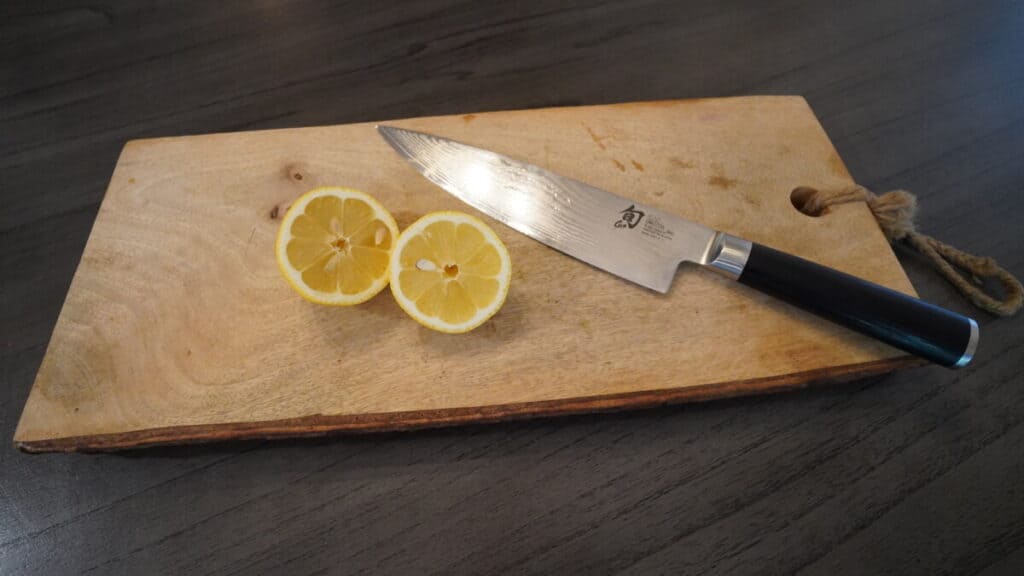
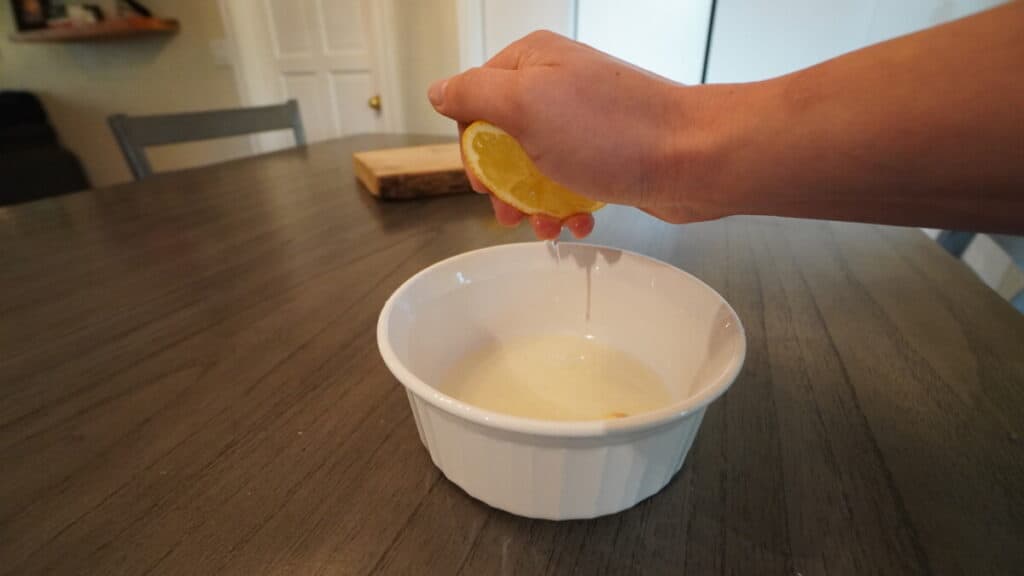
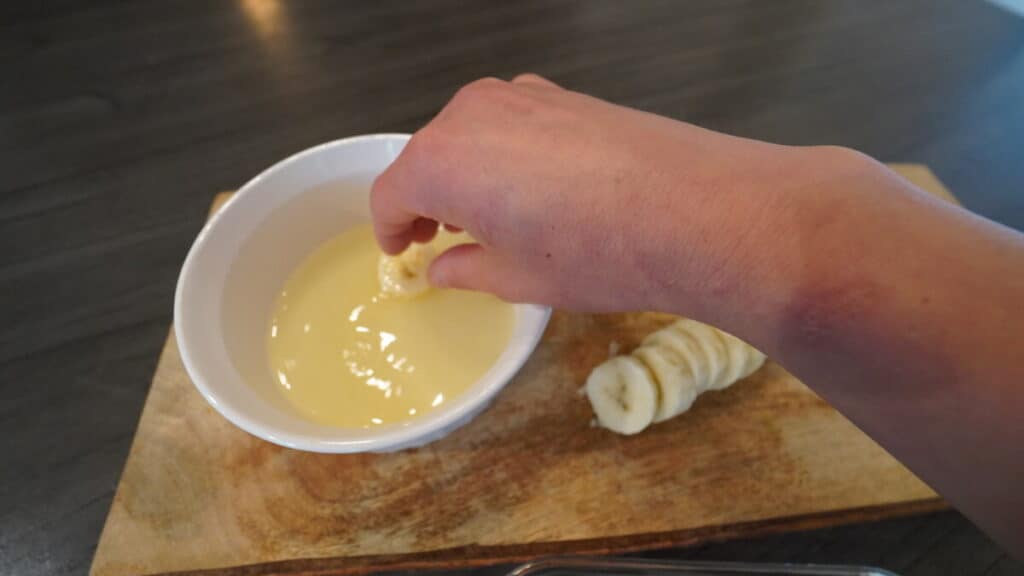
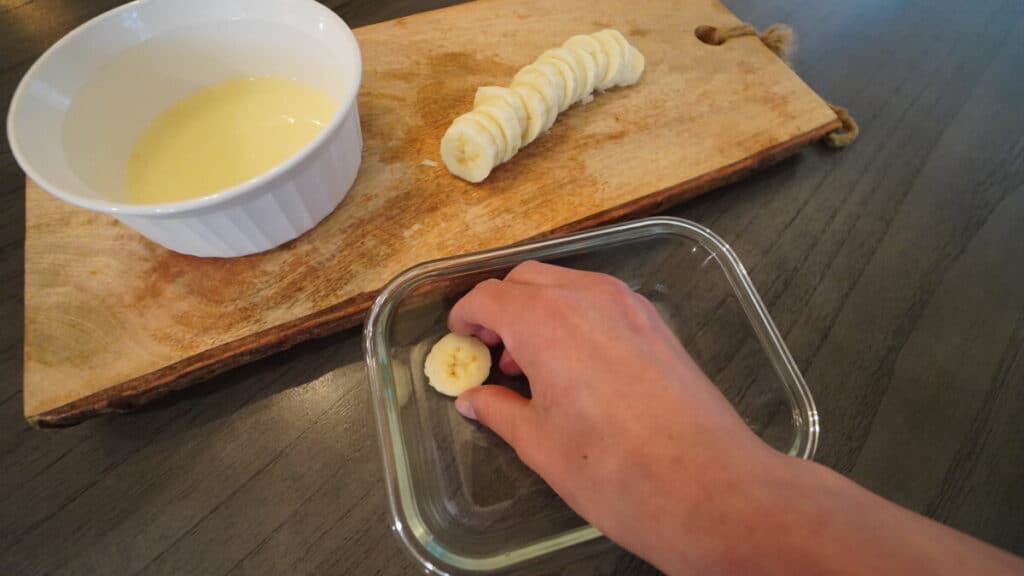
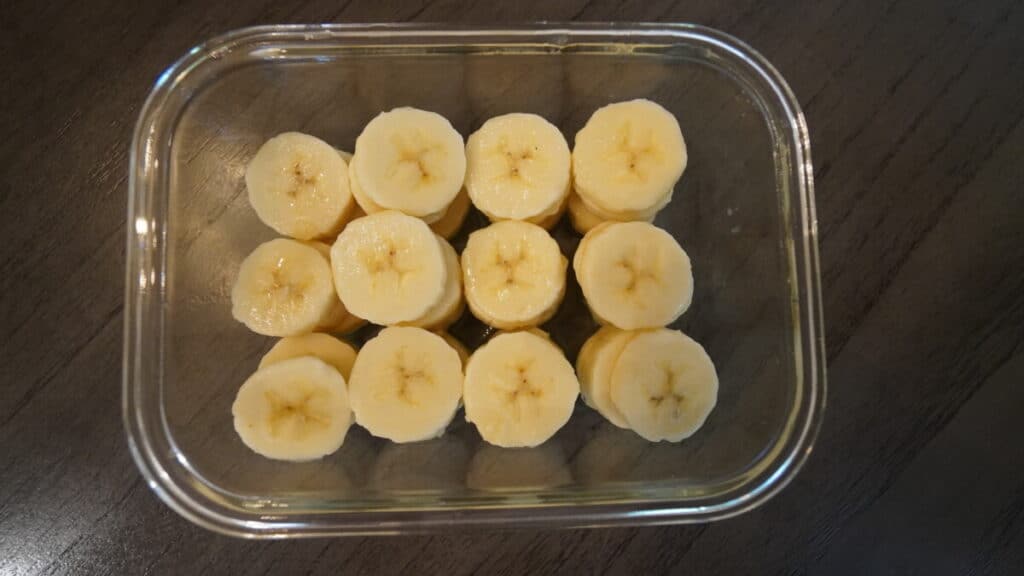

Does water prevent apples from browning?
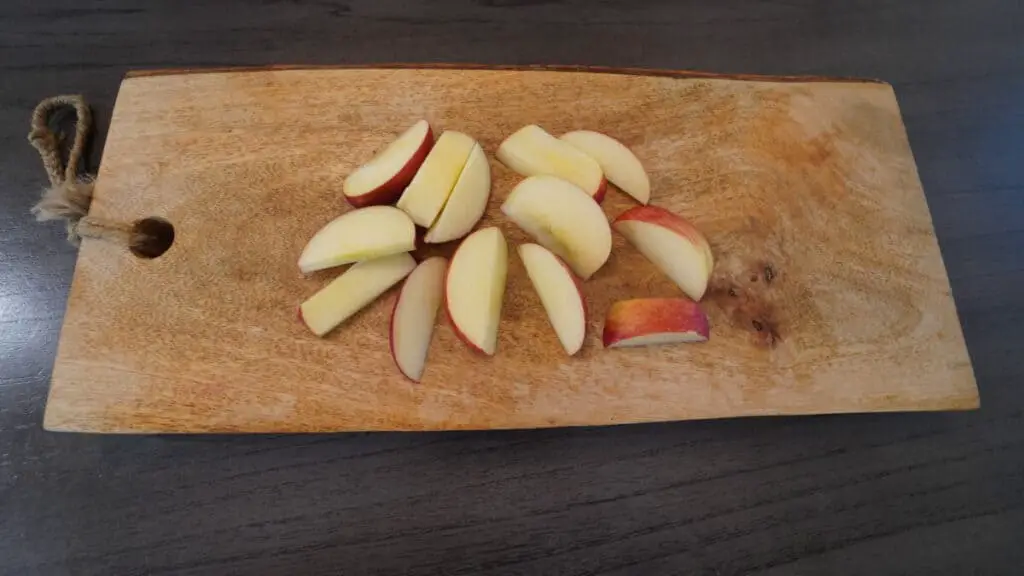
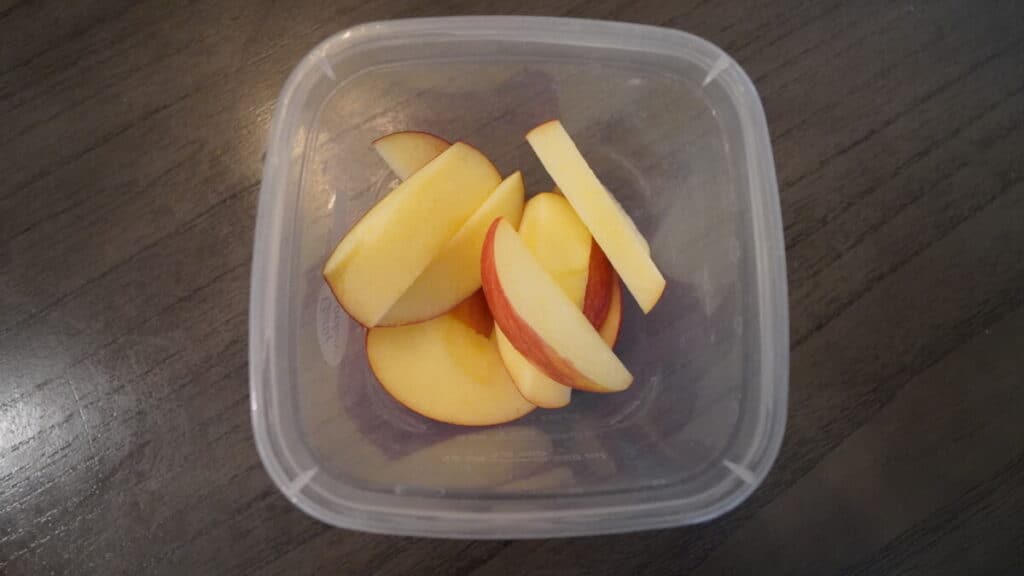

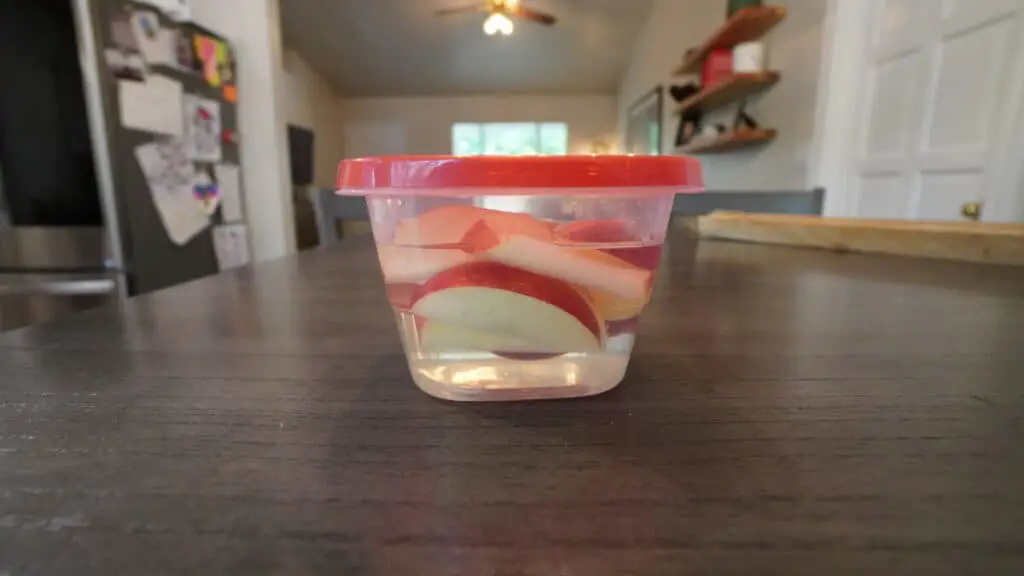
Water helps prevent apples from browning. Submerging cut-up apples in water will help prevent them from being exposed to oxygen which will slow the browning process for up to 3 days. Wash the apples thoroughly and use a kitchen knife to cut the apple into bite-sized slices. Put the apple slices into a glass or plastic container with a lid. Fill the container with cool water so it barely covers all the apple slices. Store the air-tight container with the apples inside the fridge for up to 3 days.
Does lemon juice stop apples from browning?
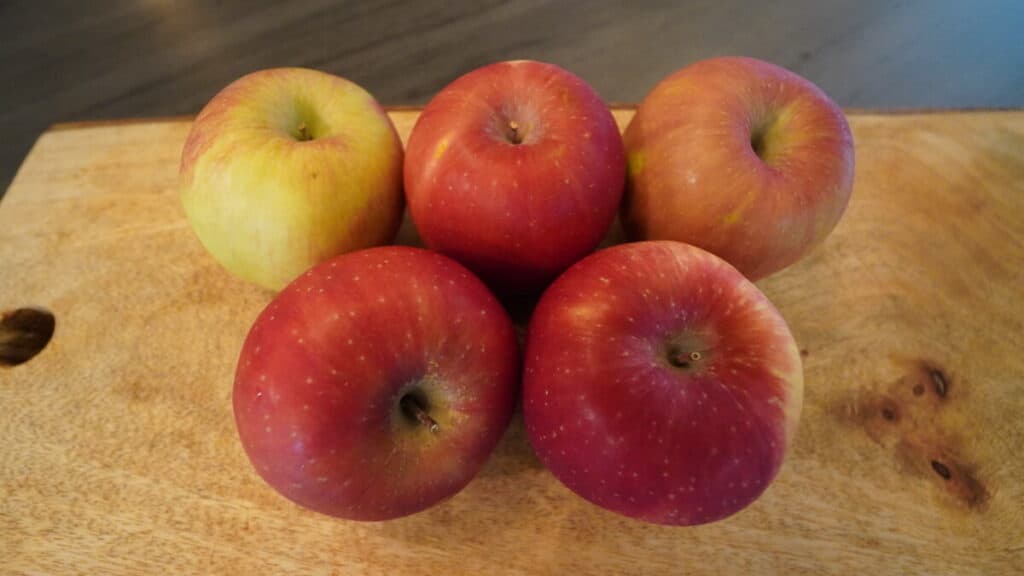
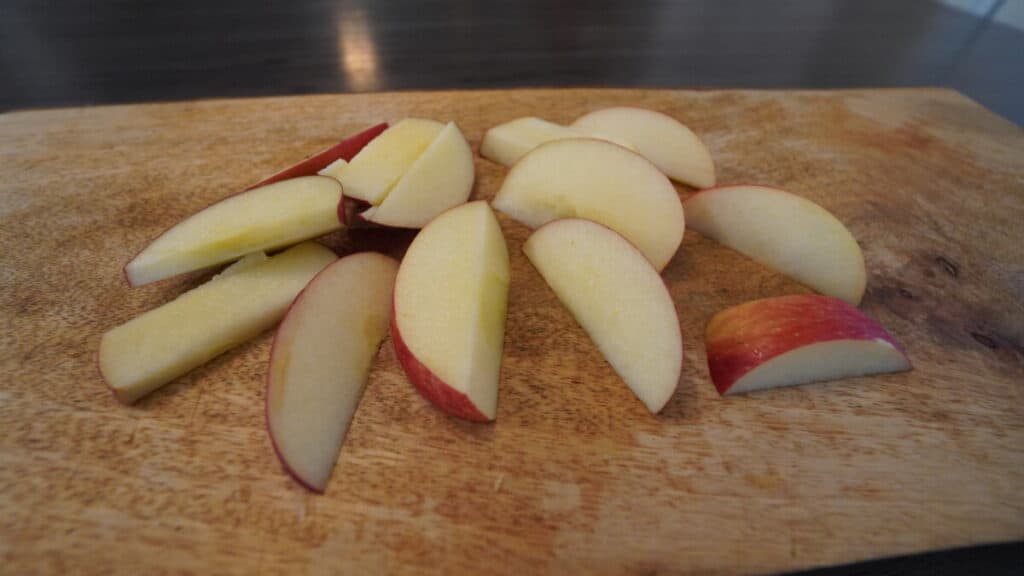



Coating apples with lemon juice does help prevent them from browning. After an apple is cut, the fruit is exposed to air and oxidation causes them to turn brown. Using the following method will help prevent oxidation and prevent the fruit from turning brown. Wash the apples thoroughly and cut them into bite-sized pieces. Put the apples into a glass or plastic airtight container with a lid. Slice a lemon in half and squeeze the juice into a medium-sized bowl. Coat the apples with lemon juice. Put the container in the fridge and store it for up to three days. Keep in mind this method will change the flavor of the apples making them taste more tart and sour.
Does lime juice keep fruit from turning brown?
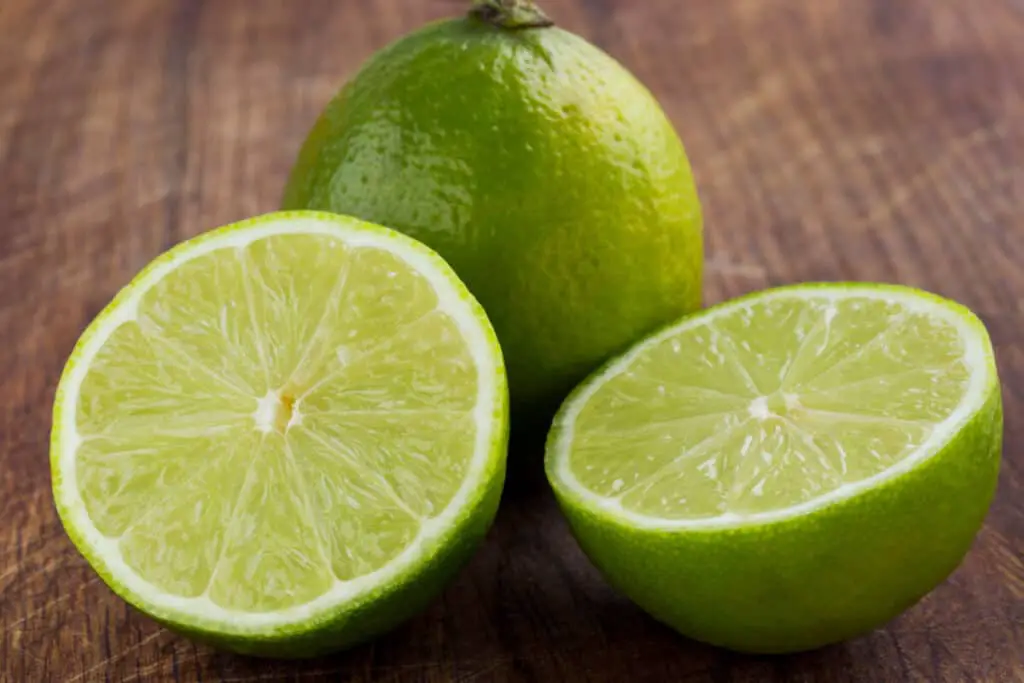
Coating cut-up apples with lime juice does help prevent them from browning. After an apple is cut, the fruit is exposed to air and oxidation causes them to turn brown. Using the following method will help prevent oxidation and slow the browning process of the fruit.
Wash the apples thoroughly and cut them into bite-sized pieces. Slice a lime in half and squeeze the juice into a medium-sized bowl. Coat the apples with lime juice. Put the apples into a glass or plastic airtight container with a lid. Put the container in the fridge and store it for up to 3 days. Keep in mind this method will slightly alter the flavor of the apples making them taste more tart and sour.

